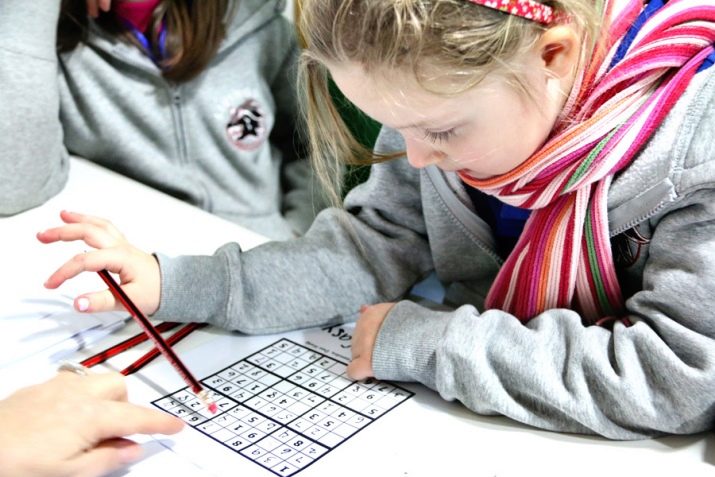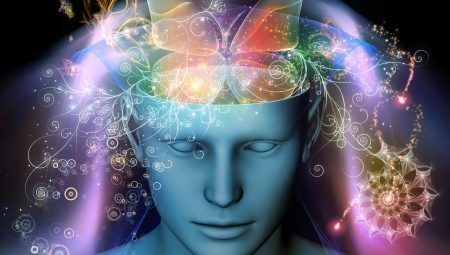Each person's brain contains countless images. Any words heard or read instantly extract certain visual pictures from the individual’s consciousness, transforming them. Any person is able to think figuratively.
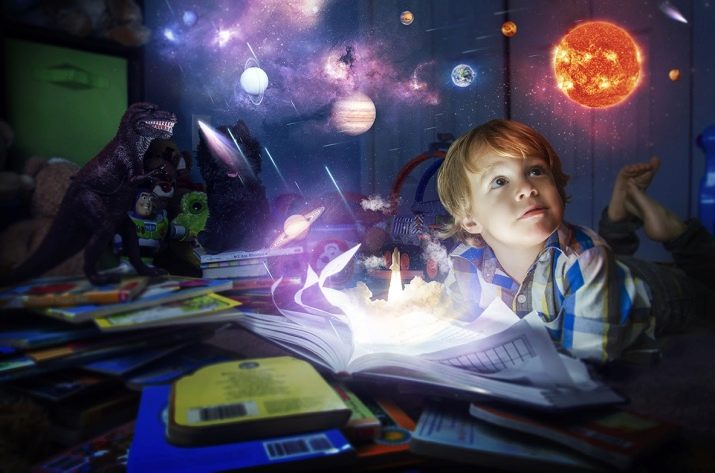
What it is?
In psychology, much attention is paid to the cognitive mechanisms that make up the basis of the figurative thinking of the individual. The ability to think in images is an essential component of cognition. The content of the mental task is based on figurative material. In the repository of human memory there is a huge number of sensory images that people use to reflect life processes. On the basis of visual, auditory, tactile, taste images, the inner world of a person is built. When solving any problems, the subject analyzes, compares, generalizes different images of phenomena and events.
Figurative thinking is characterized by important features.
- An understanding of the situation occurs as a whole, without crushing into individual details. Passion for concrete elements does not allow a person to see the whole picture, that is, behind the waves he may not see the sea. In the processing of new information, this type of mental activity involves the direct extraction from memory or recreation through the imagination of various images, rather than judgments or conclusions.
- Unusual correspondence is established between objects and their properties. A peculiar mental picture of solving problems arises in the form of insight. No person can control unconscious processes. Sometimes in the brain of an individual incomprehensible and even the most incredible images flash.In fact, they benefit by shaping and developing imaginative thinking.
- Figurative thinking is characterized by associativity, dynamism, mobility. This is a speedy type of thought process. Sometimes a person does not have time to put the arisen images into words.
The reflection of reality in a figurative form is most characteristic of works of art and literature.
Most of the works of painting and sculpture, fiction, music reproduce objective reality multifaceted, deep and generalized using imaginative means.
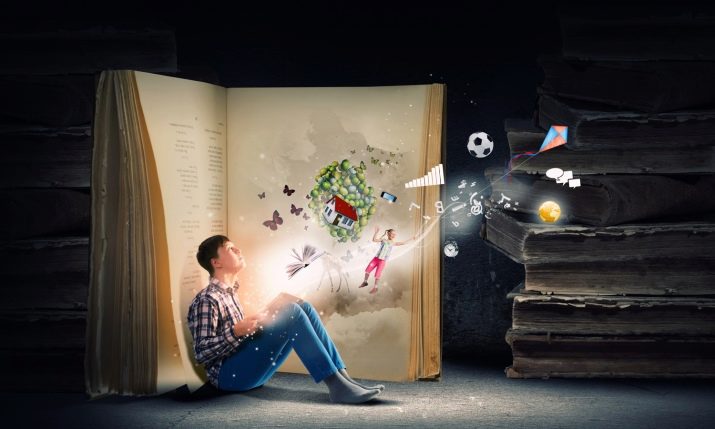
How is it used?
That image is the main unit of thinking of babies. According to the researchers, 30% of schoolchildren up to grade 6 use cognitive means in a figurative form to memorize rules and solve problems. Reliance on the image contributes to the good assimilation of school material, activates the creative side of the child, and shapes his imagination.
In the life of every person, the ability to think in images plays a big role. The use of figurative associations, fantasies opens up new possibilities for the development of imagination, attention, memory, and creative abilities of a person. Visual thinking is used as an additional tool to expand the ability to solve any life task or cope with a problem. It helps multifaceted and diverse reflect objective reality.
The degree of imagination depends on the level of consciousness, life experience, inner harmony. This type of mental activity helps a person express his ideas about any objects and phenomena, transform them in case of changed circumstances. In this regard, the subject has the opportunity to complete the missing details of the picture, expand associative connections, mentally penetrate deeper into problems or tasks.
In many creative professions, imaginative thinking is difficult, and sometimes impossible. Designers, artists, fashion designers, architects, poets, writers, philosophers think in images. The productivity of using imaginative components is widely manifested in intellectual creativity.
At present, scientific and technological progress largely depends on the ability to correctly operate images, on the level of figurative mental activity of a person.

How to develop?
Diagnosis of children's imaginative thinking is carried out by folding split pictures. In this way, the ability to assemble image particles into a single whole is tested. The reunion of individual details indicates the presence of mental randomness or purposefulness in creating a holistic image. An adult or a teenager can make a diagnosis on their own.
Imagine several images in succession and evaluate their brightness on a 10-point scale, where 1 is a too weak image, and 10 is a very bright visual picture:
- a beautiful motorcycle is parked near your home;
- the same motorcycle begins to move;
- the same vehicle rushes through the city streets at great speed;
- motorcycle overtakes a string of cars;
- it gradually moves away, turns into a small point and almost disappears from view;
- now this same motorcycle lies on the side of the road with wheels turned upside down;
- he is returned to normal;
- this time he drives carefully, slowly;
- motorcycle rides on a mountain serpentine;
- he races in the dark with the headlight on.
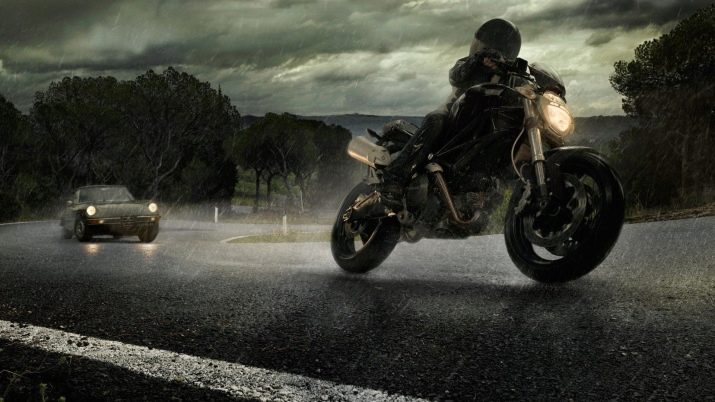
A good score is 40 points.. This means that the brightness of your images is up to par. If the result is less than 20 points, urgent measures must be taken to develop imaginative mental activity.
To begin the development of thinking with the help of images is necessary from 4-5 years. Different techniques are used. For example, the “storyteller experiment” method is used for preschool children.
The first word that comes to mind is chosen, which must be combined with another concept using prepositions. For example, the words “cat” and “box”: “cat on the box”, “cat under the box”, “cat in the box”. And then children's imagination turns on, and various images are created: the cat in the box lives with kittens; the cat in the box stores its outfits and accessories; the cat under the box is hiding from the bright sun; the cat on the box laid out the dishes and treats them to its stray friends.

For the formation of figurative thinking it is necessary to give free rein to imagination. For this purpose, it is necessary to mentally create visual pictures, build associative rows. Psychologists recommend that primary school students organize associations more often. The game is called "What does it look like?" She perfectly develops imaginative thinking in primary school students. Children are offered to carefully examine the spiral, rectangle, circle, any squiggle, abstract figure and come up with their own associations.
In the process of learning, exercises gradually become more complicated. For the formation of figurative thinking, it is necessary to include tasks that require operating with images of various levels of generalization, images of the objects themselves. Effective thinking using vivid mental pictures is facilitated by exhibitions of works of art, travel, descriptions of various landscapes.
The thought process using colorful images can be developed in people of any age.
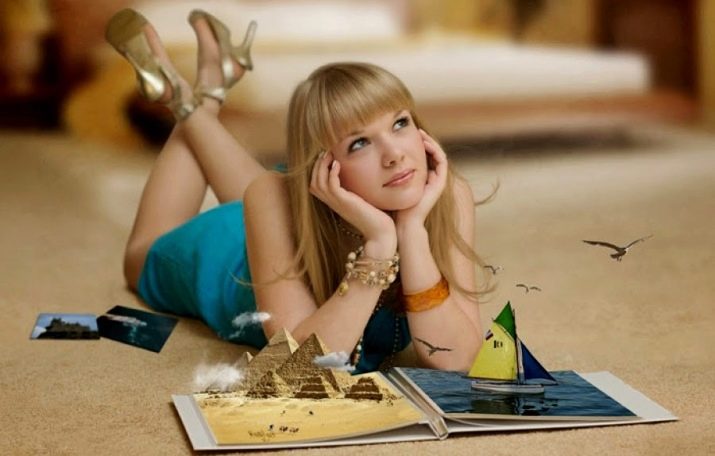
In adults
Adult people can train imaginative thinking by presenting vivid interconnected pictures that help to construct images. You need to mentally visualize the upcoming action. If you are afraid to forget to make any payment, you need to present a vivid picture. In your head, draw how you enter Sberbank and approach the terminal. The brain will complete this action for you the moment you pass Sberbank. He will remind you of unpaid bills.

In children
Usually in childhood this type of thought process develops actively due to fantasies and plot-role-playing games. The imagination is formed in the kids by making various crafts, applications, origami, macrame, modeling from plasticine, drawing with both hands, assembling puzzles, playing dominoes and lotto. A very good means of developing this type of thinking is reading fairy tales using facial expressions, gestures and emotions, watching animated films, drawing cartoon characters with plot plotting, resulting in an unrecognizable, new hero. It is necessary to constantly ask the child to fantasize at the sight of pebbles, clouds, snags.
Let him answer what these objects are like and compose a fairy tale.
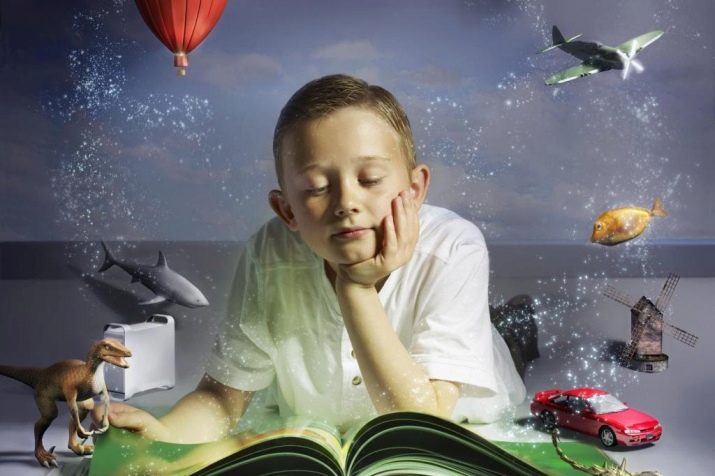
Exercises and riddles
Children are well suited role-playing games with reincarnation. After the distribution of roles, a fictitious situation is played out. Toddlers transform into patients and doctors, buyers and sellers, clients and hairdressers. They can become circus or theater artists, fashion designers, astronauts.
The formation of the task takes into account the possibility of realizing children's imagination to the maximum. For example, during a flight to Mars, an engine breakdown occurred, you urgently need to land on the nearest planet. Children should tell what they see through imaginary portholes, describe in detail the unknown territory, and calculate the remaining edible reserves.
To complete the next task, you need to use any familiar item and add new features to it.. For example, a regular empty can of canned food can be turned into a container for germinating seeds, a casket for storing buttons - into a fixture on the head for a small snowman.
You can learn to think figuratively using postcards that depict any object. Instead of this subject, a child is offered to imagine some representative of the fauna.For example, a painted sun can be associated with a lion’s head, where the rays of the sun turn into a mane. Another baby may imagine a spider or octopus. Children are invited to orally describe an animal or insect that has arisen in the imagination. Then you need to draw it.

Further training of imaginative thinking is carried out using the same cards, but this time the children are given the task to imagine food instead of the objects depicted. Then you can ask what representatives of the flora the print looks like. The sun in the childhood imagination can turn into a cake, sunflower or chamomile.
Droodles are widely used for operating mental images. They resemble scribbles that develop imagination well. It is necessary to invest a new meaning in every scrawl, which is a graphic puzzle. To correlate the picture and the image that arose in the head, a person has to mentally sort through a large amount of information stored in the archive of the brain. Each squiggle contains a huge number of answer options. It is necessary to select labels for all images. The more of them, the better.
Creating associative chains enables the brain to generate visual images at its discretion. Figurative rows need to be increased and decreased in the imagination, zoomed in and out, painted in different colors, changed shape. There is still an interesting method of agglutination, when mentally combine parts taken from different images. So, the idea of an airplane was taken through prolonged bird watching.
Try to create a drawing of an animal that does not exist in nature. Add the lion's mane, trot body, fish scales, fox tail and frog legs to the head of the cow.
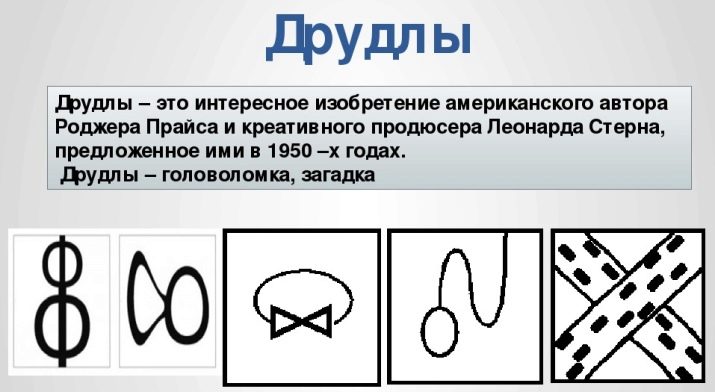
For children there is a great exercise. The artist did not have time to finish the picture. Complete his work. But the second half should not differ from the first part of the figure. To complete the task, the child will have to mirror the second part of the picture. In the early stages, you can allow a mirror to be applied to the axis of the pattern to see how the right side should look.
Adults recommend exercises with a mirror arrangement of letters. First you need to carefully consider both types of signs with different slopes. Then they are shown only one single letter. It is necessary to quickly determine before their eyes is an ordinary or mirror image.
Match exercise is good for teens and adults. It is necessary to throw 5 pieces on the table, then look at them for 30 seconds and, without peeping, arrange the other 5 matches in the same order. You need to perform this exercise until you get the correct alignment. Then the number of matches is increased.
The next task involves writing a leaflet in the center of the word. The appropriate definitions should be selected for it and written down on the right. On the left side of the sheet you need to place adjectives or participles, which in meaning do not combine with the noun recorded in the center. For example, to the right of the concept of “dog” you can put the words: “yard”, “beautiful”, “thin”, “smart”, “shaggy”, “spotty”, “playful”, “angry”, “understanding”. On the left you need to come up with adjectives or participles that do not fit with the image of the dog: “liquid”, “refractory”, “spiky”, “triangular”, “moon”, “laughing”, “cloudless”.
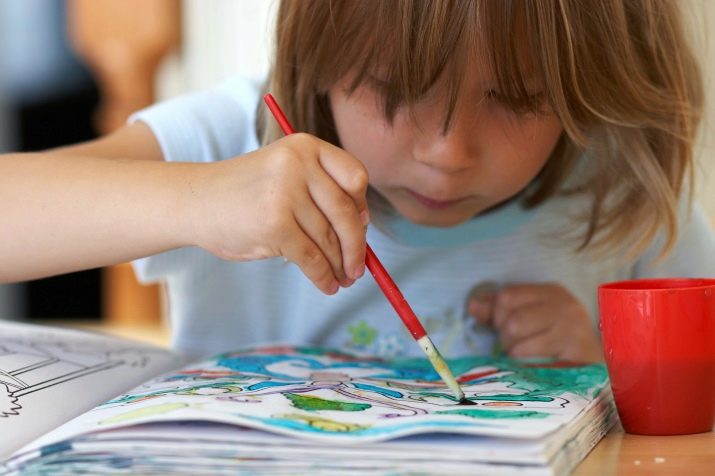
Puzzles, in which there are letters, numbers, commas, images arranged in different order, allows the child to perform mental analysis, teaches to think in images, develops a creative personality. Search for homonyms with leading questions are also used in learning to think figuratively. Leading questions are commonly used. What word denotes a vine branch and an object that is used for drawing? What does a part of a gun and a part of a tree mean?
Riddles form the ability to create in the imagination an image suitable for the verbal description of the signs of a particular action or object. Riddles must be pronounced expressively, placed logical stress and withstand a pause. The sentences, intended for solving, hide various natural phenomena, representatives of fauna and flora, people themselves and their way of life.
The wit, accuracy and laconicism of phrases designed to quickly extract the desired image from the depths of the brain contribute to the development of the mind. Thanks to which he acquires mobility.
